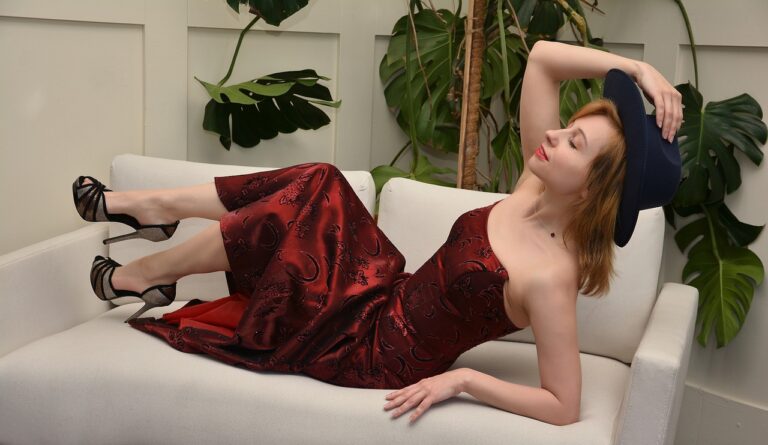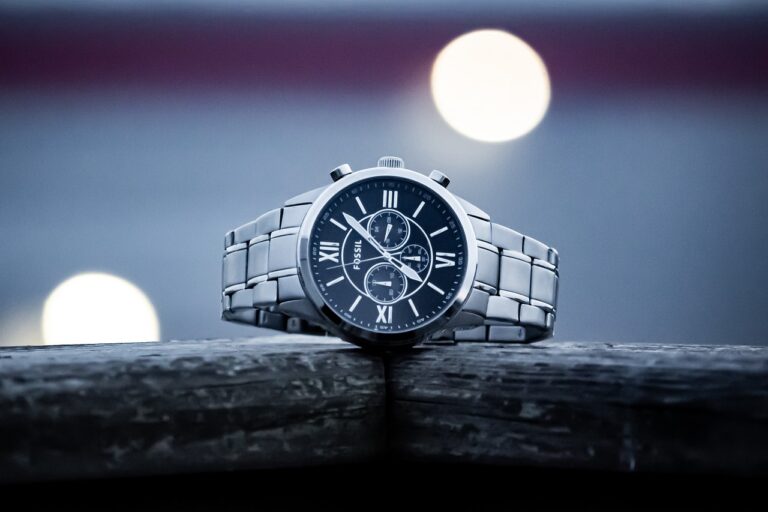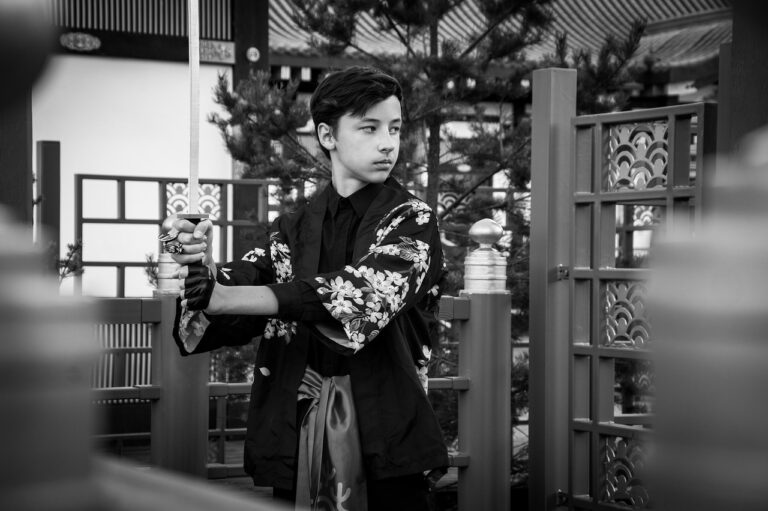Fashion Event Sponsorship Evaluation Metrics: Assessing Sponsorship Performance and Return on Investment: 11xplay reddy login registration, Gold365 login, Skyfairs new id
11xplay reddy login registration, gold365 login, Skyfairs New ID: Fashion event sponsorship can be a significant investment for brands, with the potential to provide substantial returns if executed effectively. However, measuring the success of a sponsorship can be challenging without clear evaluation metrics in place. In this blog post, we will discuss how to assess sponsorship performance and return on investment for fashion events.
Understanding Sponsorship Evaluation Metrics
When it comes to evaluating the success of a fashion event sponsorship, it’s essential to have a clear understanding of the metrics that matter. These metrics can help you determine the effectiveness of your sponsorship and identify areas for improvement. Here are some key evaluation metrics to consider:
Brand Visibility: One of the primary goals of sponsoring a fashion event is to increase brand visibility. Monitoring metrics such as social media mentions, press coverage, and brand impressions can help you assess the visibility of your brand during the event.
Engagement: Engagement metrics, such as social media interactions, website traffic, and attendee interactions, can provide insights into how well your brand resonated with the event’s audience. High levels of engagement can indicate a successful sponsorship.
Lead Generation: Fashion events can be a great opportunity to generate leads and capture customer data. Monitoring metrics such as email sign-ups, contest entries, and coupon redemptions can help you gauge the effectiveness of your sponsorship in generating leads.
Sales Impact: Ultimately, the success of a sponsorship should be measured by its impact on sales. Tracking metrics such as sales revenue, customer acquisition, and ROI can help you assess the direct financial impact of the sponsorship on your business.
Brand Perception: Monitoring metrics such as brand sentiment, brand favorability, and brand loyalty can help you assess how the sponsorship has influenced consumers’ perceptions of your brand. Positive changes in brand perception can indicate a successful sponsorship.
Post-Event Surveys: Conducting post-event surveys with attendees can provide valuable feedback on their awareness of your brand, their perception of your products or services, and their likelihood to purchase from your brand in the future.
By tracking these key evaluation metrics, you can gain valuable insights into the effectiveness of your fashion event sponsorship and make data-driven decisions to optimize future sponsorships.
Measuring Return on Investment
In addition to evaluating sponsorship performance, it’s essential to measure the return on investment (ROI) of your fashion event sponsorship. ROI is a critical metric that can help you determine whether the benefits of the sponsorship outweigh the costs. Here are some tips for measuring ROI:
Calculate Costs: Start by calculating the total costs associated with the sponsorship, including sponsorship fees, marketing expenses, staff costs, and any other related expenses.
Track Revenue: Monitor the revenue generated from the sponsorship, including sales revenue directly attributed to the event, as well as any additional revenue generated as a result of the sponsorship.
Calculate ROI: To calculate ROI, subtract the total costs from the total revenue generated and divide the result by the total costs. Multiply the result by 100 to express the ROI as a percentage.
For example, if your total sponsorship costs were $10,000, and you generated $20,000 in sales revenue as a result of the sponsorship, your ROI would be calculated as follows:
($20,000 – $10,000) / $10,000 = 1
1 x 100 = 100%
In this case, your ROI would be 100%, indicating that for every dollar invested in the sponsorship, you generated $1 in revenue.
By measuring ROI, you can determine the financial impact of your fashion event sponsorship and make informed decisions about future sponsorship opportunities.
FAQs
Q: How can I track brand visibility during a fashion event sponsorship?
A: You can track brand visibility by monitoring social media mentions, press coverage, and brand impressions before, during, and after the event.
Q: What are some key engagement metrics to consider for fashion event sponsorships?
A: Key engagement metrics include social media interactions, website traffic, attendee interactions, and overall brand engagement.
Q: How can I measure the impact of a fashion event sponsorship on sales?
A: You can measure the impact of a sponsorship on sales by tracking metrics such as sales revenue, customer acquisition, and ROI.
Q: Why is it important to conduct post-event surveys with attendees?
A: Post-event surveys can provide valuable feedback on attendees’ awareness of your brand, their perception of your products or services, and their likelihood to purchase from your brand in the future.
Q: What is the formula for calculating ROI for a fashion event sponsorship?
A: ROI is calculated by subtracting the total costs from the total revenue generated, dividing the result by the total costs, and multiplying by 100 to express as a percentage.
In conclusion, assessing sponsorship performance and return on investment for fashion events requires careful evaluation of key metrics and diligent tracking of outcomes. By understanding the metrics that matter, measuring ROI, and gathering feedback from attendees, brands can optimize their fashion event sponsorships and achieve maximum impact.







